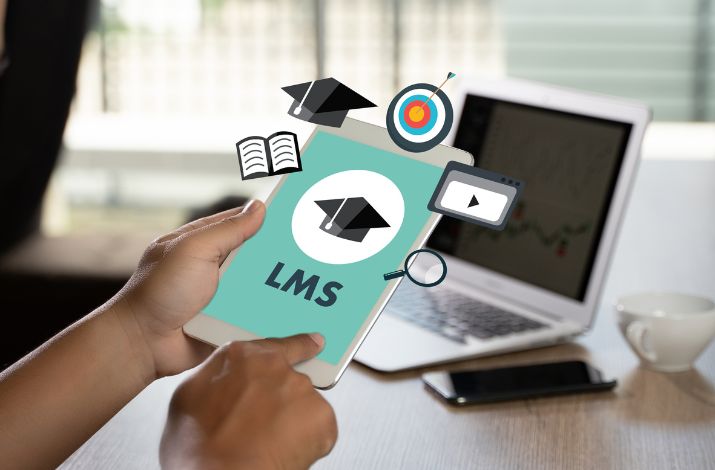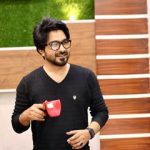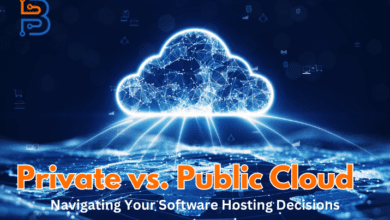How to Develop A Learning Management System?

A learning management system (LMS) is software that is specially designed to facilitate administrative analysis, functions, data collection, reports and the way in which education is delivered. Top companies are now utilizing LMS due to the many benefits it offers, although it was initially intended to improve e-learning. The main purpose of utilizing this technology in a business is to improve employee training which makes onboarding or team building more efficient and effective.
This blog post will provide crucial tips to guide you in the process of developing an effective Learning Management System.
What is a Learning Management System?
An LMS is an online learning management system that helps learning processes. The software runs on the internet, connecting students or users from around the globe. It can be utilized in an institute to connect teachers with students and create digital classrooms. This can also be utilized in any organization or office for employee training regarding compliance issues, skills and policies. Currently, multiple organizations (government and non-government) are thinking or using to start an LMS due to its numerous benefits.
Tips to Develop A Learning Management System:
An LMS significantly simplifies the learning experience for your employees, particularly those new to your business and with limited knowledge of your processes, products, or services. This trend underscores the growing adoption of this software to enhance learning effectiveness. Further motivations for utilizing an LMS encompass the subsequent points:
Validate Your Idea
Different enterprises encounter failure as a result of imprudent investments in inappropriate products. To avert losses and forecast your return on investment (ROI), acquiring a profound understanding of your target audience and conducting industry research holds immense significance. Therefore, before embarking on the creation of an LMS web platform, ensure the validation of your concept by assessing its market value.

Conduct Product Discovery
Teams should initiate an exhaustive discovery phase for a prosperous product design and development journey. Within this iterative procedure, collaborative endeavors are concentrated on unearthing the genuine requirements of users, thereby shaping an efficient solution that provides tangible user benefits. The team will explore markets and competitors, pinpoint suitable business objectives, and devise monetization strategies for your project, aiding in obtaining precise estimations of its completion timeline.
Create a Project Plan
Careful anticipation of future product functionalities and a comprehensive examination of the learning management system requirements are pivotal within the project. Clarity is imperative for the entire blueprint, and the procedure should be rooted in established methodologies. The product necessitates meticulous documentation, with all undertakings thoughtfully scheduled and supervised. The blueprint for constructing the LMS must intricately outline the entire developmental process and its related tasks, drawing from past projects’ wealth of experience and achievements.
Select the Best LMS Designer Partner
Signing a contract agreement with a web development team presents a favorable proposition if you aim to secure ongoing technical assistance throughout the year. Before finalizing a service provider for your learning management system, confirming open lines of communication and fostering transparency with the selected web development team should rank high on your list of priorities. Opting for a company with prior experience and proficiency in this realm equips them with familiarity with conceivable pitfalls and strategies to mitigate associated risks. The company deemed suitable for the task of developing your LMS system must also exhibit flexibility in terms of the pricing model, aligning it with what best suits your needs.
Start from MVP of Your LMS Idea
To create an LMS platform effectively, commence with your LMS concept’s Minimum Viable Product (MVP). The MVP approach involves crafting the essential core features that address early adopters’ challenges and proactively mitigate potential risks. Our article on MVPs for startups offers a comprehensive understanding of the advantages and the sequential process behind minimum viable products, precluding the need for customized software development. One significant advantage of deploying an MVP is presenting an actual product to customers.
Create Your Own LMS Design
The design of the learning management system should exude simplicity and vibrancy, aiming to inspire learners towards their studies, fostering concentration, and steering clear of distractions like advertisements, other courses, or pop-up windows. Opting for the services of a specialized agency is the optimal route for design development. A subpar user experience (UX) can readily dissuade learners from adopting the right learning mindset, resulting in disengagement and frustration, regardless of the content’s quality. Throughout the design phase, pivotal elements such as creativity through sketches and concept development seamlessly amalgamate to craft a distinct and unparalleled user experience.
Begin User Testing
User testing involves utilizing your product by a test audience, enabling you to discern its effective and ineffective aspects. Given the complexity of LMS systems and their anticipated extensive user base, testing becomes indispensable. This process aids designers and development teams in refining the interface and overall product design. Through the utilization of our UX Eye Tracker, and UX LAB, substantial enhancements have been made to the design of the SmartJen platform, accompanied by the integration of more sophisticated features.
Gather and Analyze Results
Before commencing LMS development, conducting a thorough analysis of the amassed findings is imperative. The optimal approach involves assessing areas for enhancement in the forthcoming product, eliminating any incongruous elements, deliberating on the strategic direction to pursue, and priming for the comprehensive development of the LMS platform. Equally important is the formulation of an LMS implementation project plan. The culmination of these steps will significantly contribute to creating a valuable and sought-after product.
Start Building a Full-Size LMS
Constructing an LMS entails a notably intricate journey. After effectively navigating through the above-mentioned stages, you will be ready to construct the comprehensive LMS platform. Exercise caution against haste, ensuring the inclusion of vital steps. Factor in all aspects addressed during each preceding phase. Given the existence of an MVP product iteration, the process of fashioning a full-scale version becomes considerably more streamlined.
To Sum Up
Developing a Learning Management System (LMS) is a multifaceted endeavor that demands careful planning, strategic insights, and meticulous execution. Following a series of steps is important to ensure a successful LMS platform. This includes validating the concept, conducting product discovery, crafting a unique design, implementing user testing, and analyzing the results, by can pave the way for a successful outcome. The journey from concept validation to full-scale LMS construction is a testament to the significance of well-informed decision-making, user-centric design, and adaptability.






